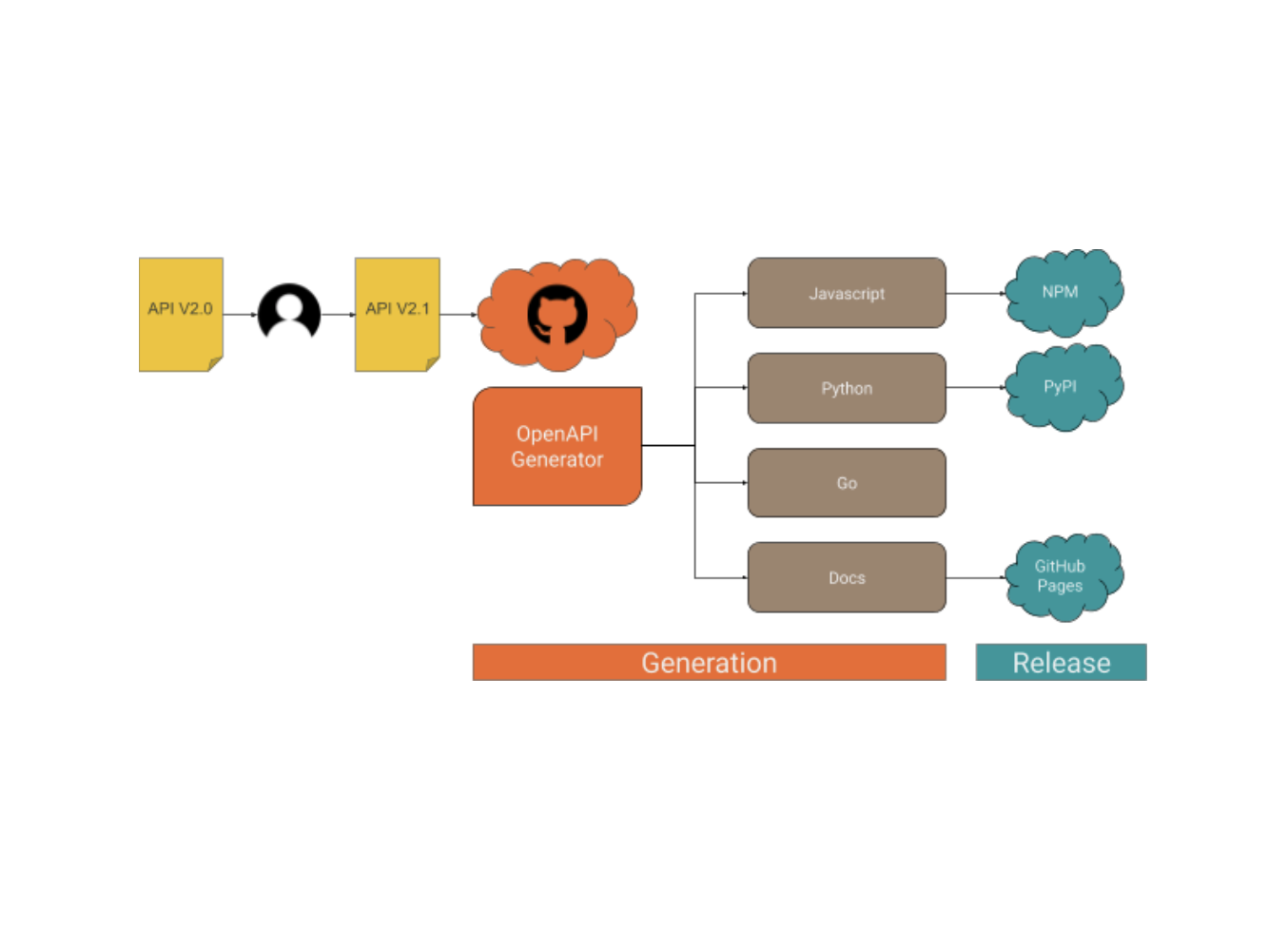
How to deal with API clients, the lazy way — from code generation to release management
To improve the procedure explained above we utilize another CLI tool, called Apigentools , which covers the execution of openapi-generator according to a setup you can keep under variation control. As soon as Apigentools is set up, it takes absolutely no understanding of the toolchain to create the customers –– actually anyone can do it, consisting of an automatic pipeline on a CI system.
.Part 3: Automation. Whenever the API modifications, the OpenAPI meaning file hosted in a GitHub repository is upgraded appropriately, generally by among the backend engineers of the group. A Pull Request is opened, evaluated and lastly combined on the master branch. When the group is prepared to produce a brand-new variation of the customers, we press an unique git tag in semver format and a GitHub workflow instantly begins running Apigentools, utilizing a setup kept in the very same repository . If you take a look at the primary setup file , you may discover for each language we wish to produce customers for, there’’ s a criterion called ‘ github_repo_name’’: this is a killer function of Apigentools that let us press the automation procedure beyond the initial strategy. Apigentools can output the created code to a regional git repository, including the modifications in a brand-new branch that’’ s instantly produced and pressed to a remote on GitHub.